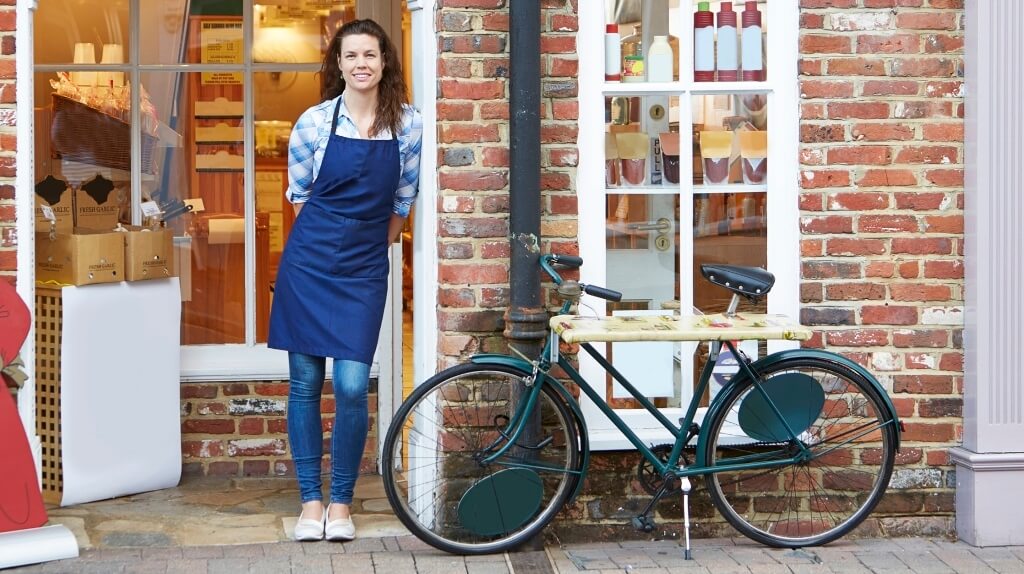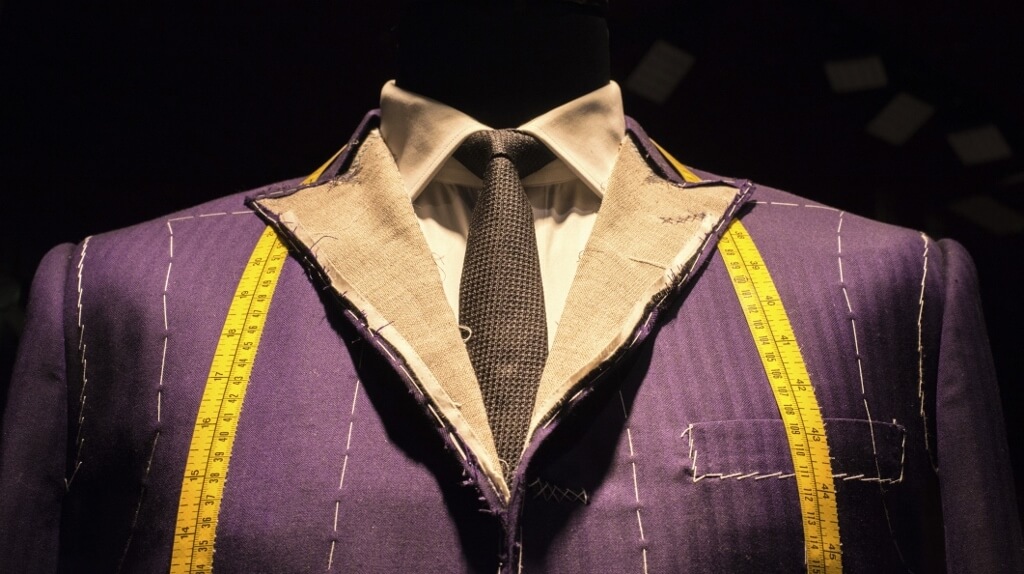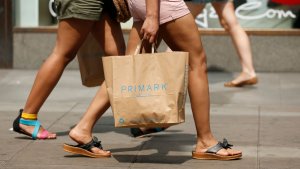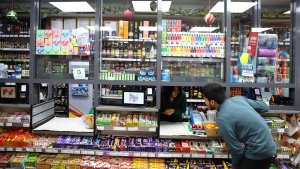When it comes to retail, big businesses hold many of the cards: scale, resources, reach, the list goes on. But the small business advantage is a personal service, which shops should emphasise online and in-store.
How To Bring The Small Business Advantage To The Web
When it comes to retail, big businesses hold many of the cards: scale, resources, reach, the list goes on. But the small business advantage is a personal service, which shops should emphasise online and in-store.

As we ring in 2016, businesses all around are battling through a demanding shopping period – both in store and online. With everyone taking advantage of the sales, it may seem unusual that smaller businesses find this time of year difficult.
But this problem has grown alongside the popularity of online shopping. Larger businesses have the time and resources needed to create a fantastic customer experience online, to the extent that SMEs are losing sales to their larger competitors.
These losses can represent the start of a difficult year ahead for small business owners - they may struggle to pick up the pace as the year progresses, and they’re often left playing catch up.
Whilst many consumers praise the benefits of shopping with SMEs, why doesn’t this translate to online sales? New research suggests that larger businesses offer the ‘goods’ online with a superior website. In a study of over 2,000 adults who have made purchases online, over half of respondents – 59% - felt that larger business websites were better than those of SMEs.
However, the same survey found that when it comes to offline shopping, 71% of consumers preferred to shop with small businesses because they give a personal service. It’s clear that the personal touch makes a big difference, regardless of whether you’re shopping online or offline.
It is important to think about what makes the perfect experience for customers. You need to ask the right questions and work out what problems the customer needs to solve. Once entrepreneurs and business owners have that information, they can then create the perfect, personalised experience.
For example, if the number of tourists in a given city will be higher as a result of an event, then businesses can offer reduced prices in a certain location at a certain time. Pubs and restaurants often use this technique when there are music events in town, and schedule their offers so they can attract extra customers in the hours leading up to the performance, or as fans are leaving the venue.
So how can SMEs replicate this experience online? One way of doing so is to create promotions that are only shown to those within a short distance, inviting an in-store visit.
Current website builders mean that even those with minimal coding experience can craft these offers from scratch, timed perfectly for their business. Another technique is to deploy a welcome message for first-time visitors. This could be a video explaining the business’ unique selling point (USP), and a contact form to give them an easy way to establish first contact.
However, to understand personalisation fully, businesses also need to understand consumer psychology. This particular branch of science allows businesses to make the most of typical human behaviour. Rather than manipulating people into making a purchase they wouldn’t have considered before, this instead plants a seed that means that they will consider the business in the future.
To test these theories, Patrick Fagan, associate lecturer in consumer behaviour at Goldsmiths University, carried out an experiment online with over 500 shoppers. This was carried out in order to understand the psychological influences impacting website visits and sales.
When it came to personalisation, large businesses performed better than their smaller competitors on 14 out of the 22 website attributes tested. Larger companies particularly excelled at usability, social functions, information quality and website personalisation.
An entrepreneur doesn’t need a degree in psychology to apply it to their business – for instance, on a basic level consumers are often influenced by colours or patterns on a webpage to react in a certain way. Tests have shown that often a green ‘buy now’ button will invite more clicks than a red one, converting more website visitors into customers.
In addition, allowing consumers to collaborate with the business ensures that they are engaged with the products and services available. For instance, many small fashion retailers ask their customers to express an opinion about future collections. This in turn increases the likelihood of customers going on to purchasing those outfits – after all, they were the ones who requested them in the first place.
In order to create an online success story, businesses need to combine these elements in just the right proportions. SMEs need to take advantage of the opportunities that both personalisation and psychology can offer, ensuring that their customers receive the very best service.
The main goal of this approach isn’t simply to increase sales or to maximise exposure – it’s to make an important connection with customers. They are the most important part of any business strategy, and it’s through customer word-of-mouth that many people come to a business for the first time.
With the New Year ahead, there’s no better time for SMEs to chart a new course and hone their competitive edge by providing a personalised online service.
Thanks for signing up to Minutehack alerts.
Brilliant editorials heading your way soon.
Okay, Thanks!




